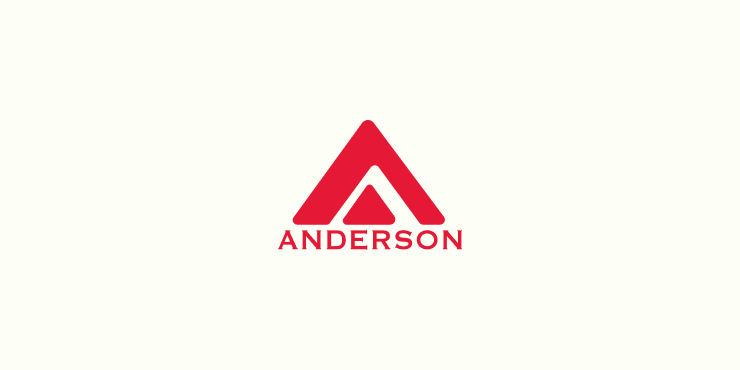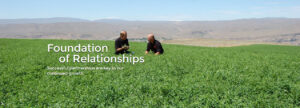Forages provide the bulk of a horse’s diet. Obviously, a horse should be given free access to clean, palatable water. But, how much water does a mature horse really need? Generally speaking, an average-sized, resting horse in a moderate climate will consume between four and nine gallons of water per day (2). This requirement, however, is affected by many factors, including diet composition, climate, exercise intensity, physiological state, and health/illness. Water isn’t added to feeds, but it is the most essential nutrient for all horses. More than 65% of a horse’s body contains water. Maintaining this body fluid composition is a delicate balance between intake and loss. Insufficient water intake will result in decreased feed intake and lethargy, which negatively affect performance, dehydration, and ultimately, death if not resolved. Horses gain body fluids by drinking water, grazing moisture-rich pasture grasses, and through the metabolism of protein, carbohydrates, and fats (1). Meanwhile, body fluids are lost through urine, feces, sweat, and respiration (1,2).

Diet composition is a major factor in determining a horse’s water requirement. Normally, water consumption will rise as the diet dry matter content increases. For example, horses that are primarily grazing pasture, which contains 60 – 80% moisture, will consume less water than horses that are eating primarily hay, which contains approximately 10 – 20% moisture. The fiber in hays, such as alfalfa and timothy, actually cause water to move out of body tissues and into the gut, triggering the horse to drink more water. In addition, fiber has high water holding capacity. Therefore, the physical form of the forage will also affect water loss. Horses that consume long-stem alfalfa hay (large fiber particles) tend to lose more water in their feces than horses that consume alfalfa pellets (small fiber particles). Diets high in salt or protein increase urine output, which stimulate thirst and water intake.
Climate, including ambient temperature and relative humidity significantly influence a horse’s water requirement. Horses consume more water as temperatures heat up and humidity rises. This is especially true in horses that are exercising (2). Sweating and increased respiration are the two main mechanisms that horses use to cool themselves. An exercising horse can lose up to two and a half gallons an hour (1). At this rate of work intensity, a horse will lose 10 gallons of sweat in four hours! A horse can become dehydrated if water intake is too low to replace body fluids lost as sweat. Therefore, clean and fresh water should be provided free-choice. However, a horse should be cooled down after strenuous exercise before he is allowed to drink as much water as he wants.
Physiological state and health status will also affect a horse’s water requirement. Lactating mares require more water to support milk production. In fact, a 1000 pound mare may drink up to 20 gallons of water per day (2). Illnesses that cause diarrhea will cause a horse to drink more water to replace fluids lost in watery feces. Diseases such as Cushing’s disease may cause a horse to drink and urinate more than normal.
Now that summer temperatures have arrived, remember to provide your horse with lots of clean and palatable water. Be sure to also provide salt – sodium and chloride are components of sweat and are important ions that need to be replenished.
References
(1) http://www.myhorseuniversity.com/resources/eTips/July_2009/Didyouknow
(2) Pagan, J.D. 2008. Water most overlooked nutrient for horses. Feedstuffs. 80:1-2.
To receive blogs from Anderson Hay in your email, subscribe above to the right.


